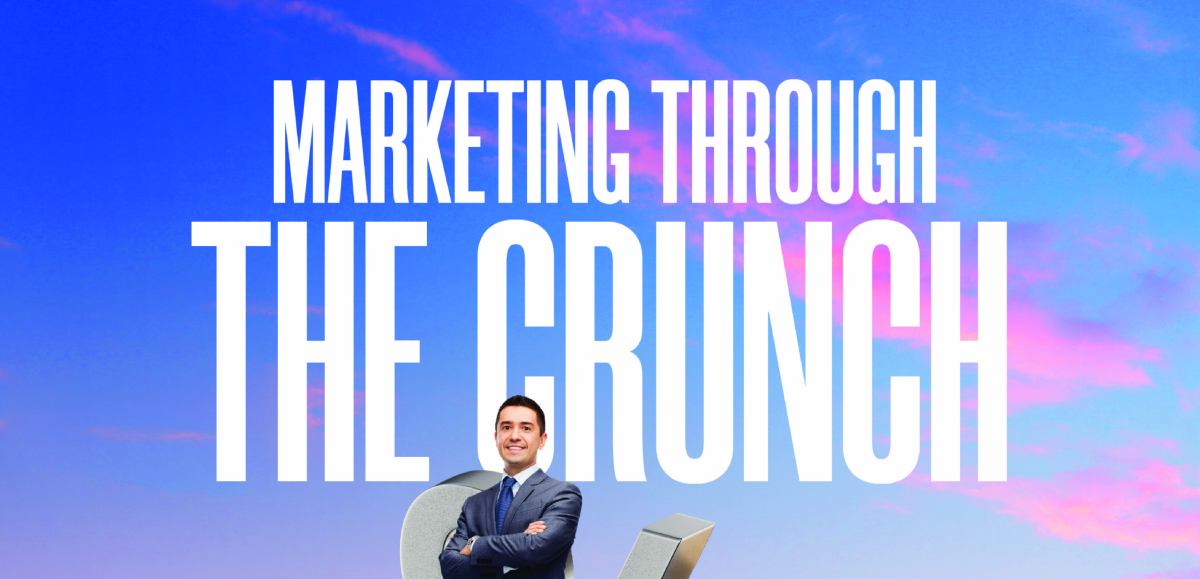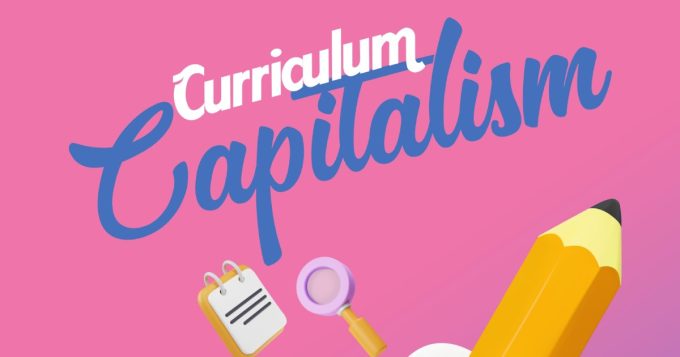Economic downturns are a recurring feature of the capitalist system we have inherited. Such downturns are here to stay, and even if they fade temporarily, the threat of their return looms large. When a downturn sets in, the consumers’ buying behaviours change, influenced by job uncertainty, decreasing purchasing power, and financial concerns.
Psychological factors also play a role, including low confidence, uncertainty about the future, and diminished self-esteem. Consumers prioritise essential items, seek value deals, and reduce their discretionary spending. This shift influences brands to re-evaluate their marketing strategies. Let us dig deeper to uncover common trends that become visible during economic downturns and how they influence brand strategies:
Trading Down
Consumers shift from buying premium quality products to low-cost products in certain categories, such as toiletries, e.g., those who used Dove bars earlier switch to Lux soaps, and Lux users trade down to Palmolive. Premium brands adjust their value propositions to focus on cost savings, redirecting consumers’ attention to features they had previously ignored, e.g., the Lemon Max bar focuses on the aspect that it dissolves less and, therefore, lasts longer.

Trading Up
A reverse trend also shows up, as some consumers become more quality-conscious, particularly in the case of high-ticket objects like electronic durables. The replacement cost of low-quality products if they fail to deliver on their brand promise may be too high for the pocket. Seeing this, premium brands in such categories focus on reliability, low power consumption, after-sales service, etc., benefits that deliver long-term economic value.
Brand Switching
Closely connected with the above trends, the rise in brand switching makes retaining existing customers increasingly important for brands, as acquiring new customers is often costly. Brands deploy loyalty programmes, personalised communications, and exceptional customer service to enhance retention. Building collaborative communities and strengthening relationships with their customer base becomes paramount. For example, Gul Ahmed has an Ideas Rewards program where consumers earn reward points redeemable on their subsequent purchases.
Changing Consumer Values
Economic downturns shift consumer values. Physical and emotional well-being of their families, education, security, and other essentials take precedence over leisure. Brands that adjust their products and messaging accordingly fare better than those that do not. For example, Amazon released the budget-friendly Kindle during the 2008 recession, and its sales grew 28%.
Changing Expectations
During downturns, consumers’ confidence is generally low, and their sentiment is pessimistic. They expect brands to play a bigger role in addressing society’s biggest issues and promote positivity and hope. Coca-Cola, for example, has focused on sustainability initiatives, including water stewardship and waste reduction, even during tough times.
By addressing environmental concerns, they have built a positive brand image by connecting with consumers who are conscious of corporate responsibility. These efforts help maintain brand relevance and trust during tough economic times.
Emotional Dependencies
During times of low economic activity, consumers experience periods of emotional distress all too frequently. Brands that speak to them are more trusted. Creating emotional connections with customers through messaging and backing it up with action goes a long way in developing productive relationships.
Research shows that people are 86% more likely to buy a product or service that alleviates their fears. Hyundai’s sales grew by 5% when it announced that it would take back cars purchased from its dealership network if the owners lost their jobs.
Read More: Interview with Adnan Hashmi – The Inspired Analyst
Value-Based Purchasing
Consumers become more value-conscious during downturns, and value extends beyond pricing to include brand reputation and ethical considerations. They reward brands that align with their values, for example, luxury brands that donate a portion of their earnings to people who find it hard to make ends meet during tough times, those who will never be their customers. Offering free services or supportive content can positively impact a brand’s image. Starbucks offered free breakfast pastries with coffee during the 2008 recession.
Language and Tonality
Questions such as whether the brand makes me look cool take a backseat, and more important ones surface, such as whether the brand makes me feel optimistic, or delivers on its promise of quality, or price. Brands that adjust their messaging during downturns fare better.
People look for brands they can trust; brands that speak with an overly celebratory tone when people are worried about their day-to-day living lose the connection with the consumers and ultimately their trust.
Customer Facilitation
Brands that understand consumers’ plight and offer solutions fare better. Many brands introduce smaller SKUs to remain affordable to their loyal customers. For example, K&N introduced smaller packaging (standard) of their hero products like kofta, chapli kabab, seek kabab, shami kabab, nuggets, and burger patties.
Another strategy, although used infrequently, is to launch larger economy packs, as a segment of consumers prefers bigger pack sizes due to the lower cost per unit of weight or volume. This group of consumers primarily includes middle-class salaried individuals. Conversely, those who choose smaller packaging typically come from low-income families or earn irregular incomes, such as freelancers and small retailers.
Value Driven Messaging
Brands should try to go with the flow instead of fighting against it. During the crunch, marketers must advise their customers how to get the most value from their products. Most marketers believe that their messaging should remain within the realm of their products or services even during hard times, but this is not true. Dove ran a campaign, “Courage is Beautiful,” that did not directly impact the purchase of their products, but offered emotional advice and upliftment during the COVID-19 pandemic. Providing something of value without an expectation of return often gets the return of customers’ appreciation.
Strong Brands Win
When marketers in most companies fail to tailor their marketing strategy to changing economic conditions, they actively participate in worsening the situation. They need to keep their brand strong during downturns, but unfortunately, the typical response is to cut down their marketing spending. They fear that their product’s sales will decrease substantially during the downturn. But what almost guarantees success is the opposite: Strong marketing.










